Related Research Articles
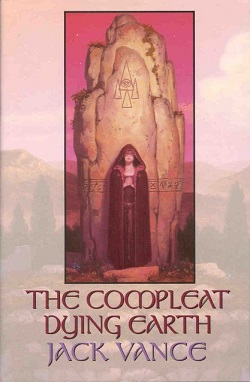
Dying Earth is a fantasy series by the American author Jack Vance, comprising four books originally published from 1950 to 1984. Some have been called picaresque. They vary from short story collections to a fix-up, perhaps all the way to novel.
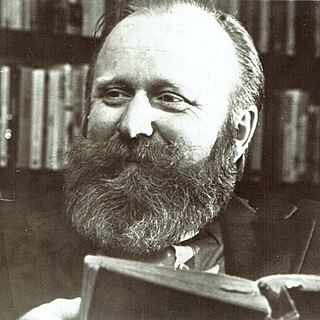
Franklin Patrick Herbert Jr. was an American science-fiction author, best known for his 1965 novel Dune and its five sequels. He also wrote short stories and worked as a newspaper journalist, photographer, book reviewer, ecological consultant, and lecturer.
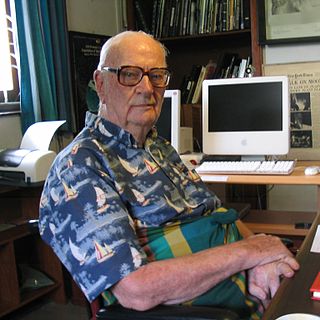
Hard science fiction is a category of science fiction characterized by concern for scientific accuracy and logic. The term was first used in print in 1957 by P. Schuyler Miller in a review of John W. Campbell's Islands of Space in the November issue of Astounding Science Fiction. The complementary term soft science fiction, formed by analogy to the popular distinction between the "hard" (natural) and "soft" (social) sciences, first appeared in the late 1970s. Though there are examples generally considered as "hard" science fiction such as Isaac Asimov's Foundation series, built on mathematical sociology, science fiction critic Gary Westfahl argues that while neither term is part of a rigorous taxonomy, they are approximate ways of characterizing stories that reviewers and commentators have found useful.
James Paul Blaylock is an American fantasy author. He is noted for a distinctive, humorous style, as well as being one of the pioneers of the steampunk genre of science fiction. Blaylock has cited Jules Verne, H. G. Wells, Robert Louis Stevenson, Arthur Conan Doyle and Charles Dickens as his inspirations.

Science fiction is a genre of speculative fiction, which typically deals with imaginative and futuristic concepts such as advanced science and technology, space exploration, time travel, parallel universes, and extraterrestrial life. It is related to fantasy, horror, and superhero fiction and contains many subgenres. Its exact definition has long been disputed among authors, critics, scholars, and readers.

John Griffith Chaney, better known as Jack London, was an American novelist, journalist and activist. A pioneer of commercial fiction and American magazines, he was one of the first American authors to become an international celebrity and earn a large fortune from writing. He was also an innovator in the genre that would later become known as science fiction.
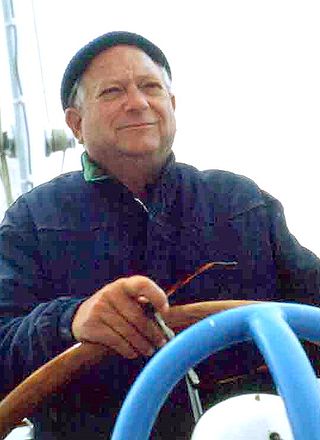
John Holbrook Vance was an American mystery, fantasy, and science fiction writer. Though most of his work has been published under the name Jack Vance, he also wrote several mystery novels under pen names, including Ellery Queen.
A homunculus is a small human being. Popularized in sixteenth-century alchemy and nineteenth-century fiction, it has historically referred to the creation of a miniature, fully formed human. The concept has roots in preformationism as well as earlier folklore and alchemic traditions.

Michael Shea was an American fantasy, horror, and science fiction author. His novel Nifft the Lean won the World Fantasy Award, as did his novella Growlimb.

Dimension X was an NBC radio program broadcast mostly on an unsponsored, sustaining basis from April 8, 1950, to September 29, 1951. The first 13 episodes were broadcast live, and the remainder were prerecorded. Fred Wiehe and Edward King were the directors, and Norman Rose was heard as both announcer and narrator, opening the show with: "Adventures in time and space... told [or transcribed] in future tense..." For two months, beginning on July 7, 1950, the series was sponsored by Wheaties.

Jonathan Strahan is an editor and publisher of science fiction, fantasy, and horror. His family moved to Perth, Western Australia in 1968, and he graduated from the University of Western Australia with a Bachelor of Arts in 1986.

Terence William (Terry) Dowling, is an Australian writer and journalist. He writes primarily speculative fiction though he considers himself an "imagier" – one who imagines, a term which liberates his writing from the constraints of specific genres. He has been called "among the best-loved local writers and most-awarded in and out of Australia, a writer who stubbornly hews his own path ."
John Binder was a Golden Age comics creator and art packager. A fine artist by education, Binder had a prolific comics career that lasted primarily from 1937 to 1953, through his most concentrated work was through 1946. He was the creator of the original comic book Daredevil, for Lev Gleason Publications. Binder is credited with coining the term zero gravity as part of a 1938 article in Thrilling Wonder Stories. Binder's younger brothers were Earl and Otto Binder, collectively known as Eando Binder when writing science fiction.
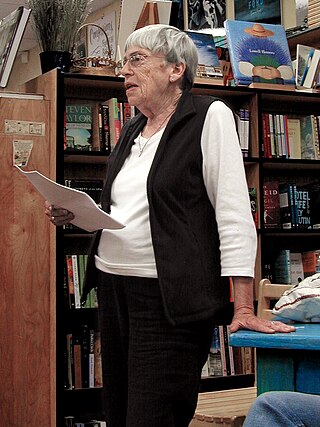
Soft science fiction, or soft SF, is a category of science fiction with two different definitions, defined in contrast to hard science fiction. It can refer to science fiction that explores the "soft" sciences, as opposed to hard science fiction, which explores the "hard" sciences. It can also refer to science fiction which prioritizes human emotions over the scientific accuracy or plausibility of hard science fiction.
Worlds Beyond was an American digest magazine of science fiction and fantasy fiction in 1950 and 1951. The magazine only issued three monthly issues, from December 1950 to February 1951, but is notable for having printed stories by Cyril M. Kornbluth, Jack Vance, Mack Reynolds, Graham Greene, John Christopher, Lester del Rey, Judith Merril, William Tenn and others.

Otto Rippert was a German film director during the silent film era.
The year 2013 was marked in science fiction by the following events.

Homunculus is a 1916 German silent science fiction serial film directed by Otto Rippert and written by Robert Reinert. Other sources list Robert Neuss as a co-writer. Fritz Lang was one of Rippert's assistants during filming. It was originally produced by Deutsche Bioscop GmbH.

This is Me, Jack Vance! is a memoir by science fiction, fantasy, and mystery author Jack Vance published by Subterranean Press. It won a Hugo Award for Best Related Work in 2010. Rich Horton's review of the memoir for SF Site states that the release of the memoir is helpful to science fiction fans, as "...Vance has been fairly reticent about his personal life and also about his writing"; the memoir has "...little to say about his fiction – which Vance has long preferred to stand on its own." Horton calls the memoir an "engaging" and "...easy-going narrative, generous throughout in its depiction of the people and places Vance encounters" during his travels.
References
- ↑ "Jack Vance". The Telegraph. 5 June 2013. Retrieved 22 July 2018.
- ↑ Nowell-Smith, Geoffrey (1997). The Oxford History of World Cinema. Oxford University Press. p. 154. ISBN 9780198742425.
- ↑ Fritzsche, Sonja (2014). The Liverpool Companion to World Science Fiction Film. Oxford University Press. p. 260. ISBN 9781781385951.
- ↑ "Homunculus. 1916. Directed by Otto Rippert | MoMA". The Museum of Modern Art. Retrieved 22 July 2018.